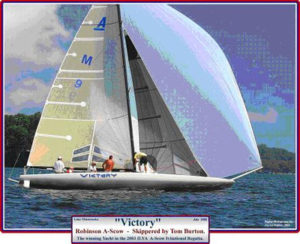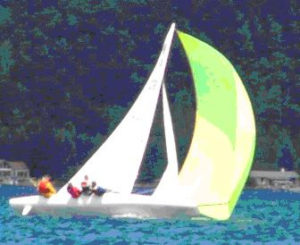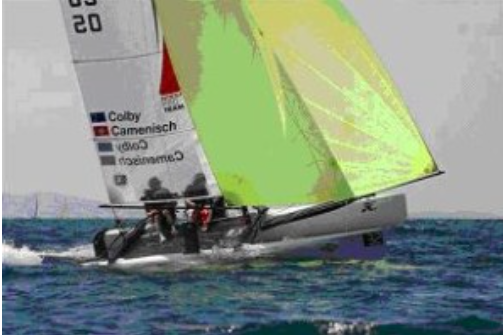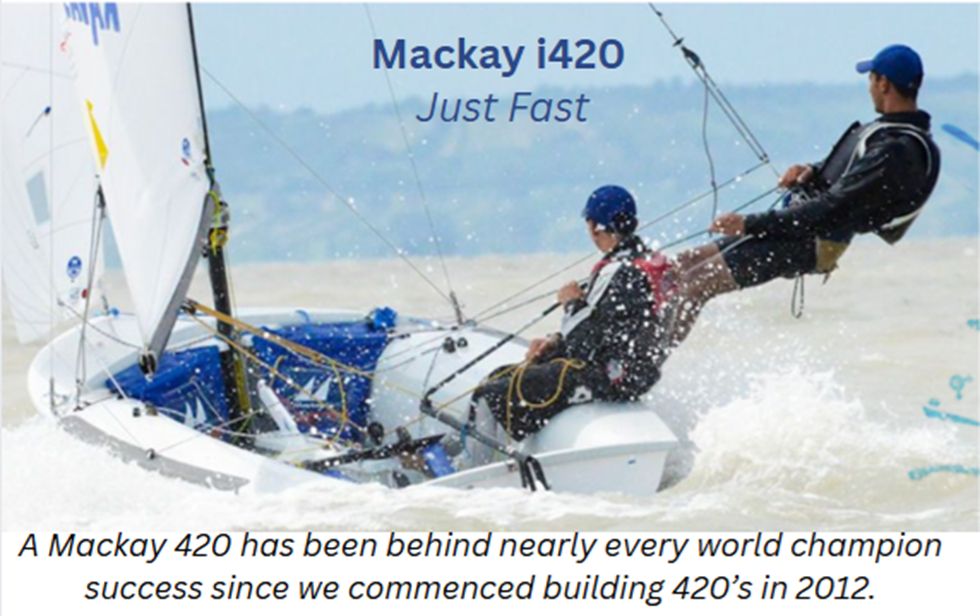While new boats released onto the adult sailing market have changed the face of dinghy sailing, there have been no new boats for younger sailors for some time. With the O’pen Bic, children and teenagers alike now have a true glide machine for real excitement on the water. The O’pen Bic is THE link between the Optimist generation and the new generation of sailing dinghies.
An energized dinghy:
A fast, planing hull for a dynamic sailing experience. more information
A totally open, self-draining stern that makes even capsizing fun! more information
A modern design that looks like the boat of today’s champions. more information
A shaped daggerboard and rudderblade, and high quality mooring equipment, for performance and ease of trimming. more information
A high performance rig package for power, speed and control. more information
Class Website:
http://class.openbic.com/
 In sailing, the A-Scow is a large sailing scow It is 38 feet long and with reported top speeds of over 25 kts. With its rules of design, also known as scantlings, first being written in 1901, the A-Scow has a significant history. With a large sail area and little keel ballast, the five to seven crew members must work in unison on the A-Scow to keep the boat sailing fast and upright. The boat is mainly sailed in Minnesota and Wisconsin.
In sailing, the A-Scow is a large sailing scow It is 38 feet long and with reported top speeds of over 25 kts. With its rules of design, also known as scantlings, first being written in 1901, the A-Scow has a significant history. With a large sail area and little keel ballast, the five to seven crew members must work in unison on the A-Scow to keep the boat sailing fast and upright. The boat is mainly sailed in Minnesota and Wisconsin. C Scow
C Scow

